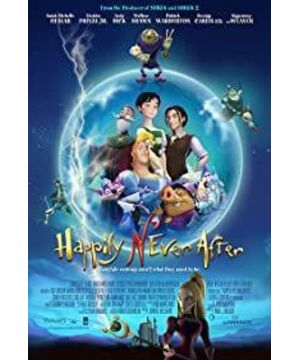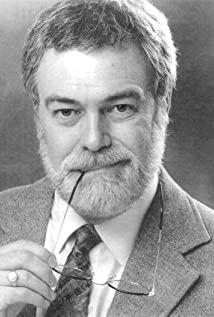Everyone knows the story of Cinderella. A tragic beginning, after many adventures, the lovers finally get married, and Cinderella and Prince Charming combine, drawing a perfect ending. In this era of full choice, it is the norm for the public to like the new and dislike the old. If the development of the story still follows the trajectory people imagined, then it is estimated that people might as well buy a fairy tale book and read it. Of course, the film company will not make this uneconomical movie. Therefore, the assumption is not true. But to prove that the final "theorem" holds, the proof process needs to be slightly modified. What we see is that a new character, a grass-roots dishwasher, has appeared, and the original prince's brilliance has been covered up by this dishwasher, and the final outcome is also a combination of the right match. To be honest, the development outline of the story has not changed, only the partial plot has changed. Can this be considered an innovation? We know that a change in the appearance of a product can bring people a feeling of passing, which can be called innovation, but a product is a product, not a living thing, and does not need emotional factors in it. Movies are different. They are a cultural product and an important communication medium. They have to carry too many factors that are recognized and can arouse people's interest. To change a cultural work, it is necessary to start from "cure the root cause", and only "treating the symptoms" is not enough.
View more about
Happily N'Ever After reviews











